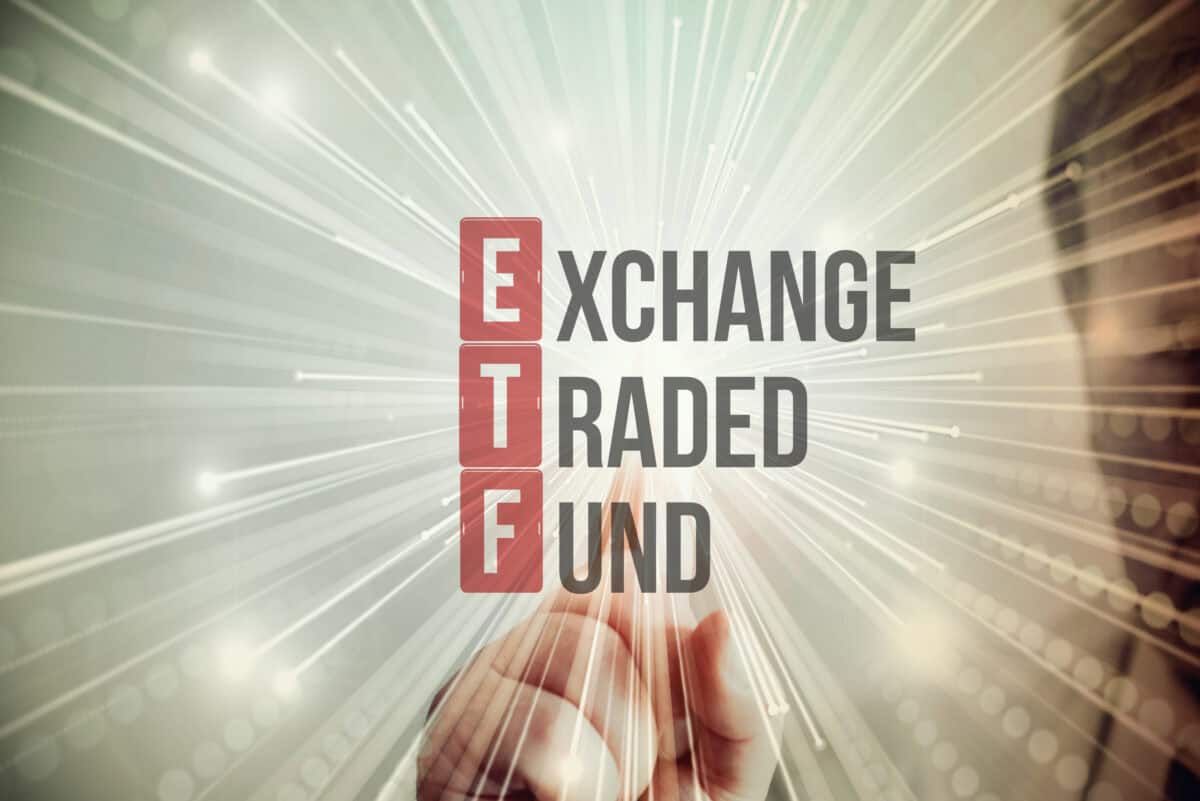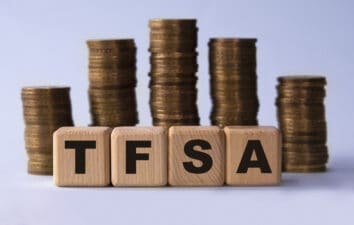Did you contribute $7,000 to your Tax-Free Savings Account (TFSA) for 2024, but it’s still sitting in cash? While keeping your money in cash is safe, it’s not doing much work for you, and over time, inflation will erode its value.
Given the tax-sheltered benefits of a TFSA, it’s best used for generating either passive income or growth instead of just saving cash. Personally, I lean towards growth as I am investing for the long term.
If you’re looking for an investment that has historically provided robust total returns within a TFSA, consider the iShares S&P/TSX 60 Index ETF (TSX:XIU) – Canada’s oldest exchange-traded fund (ETF). Here’s what you need to know before investing $7,000 in a TFSA.
What is XIU?
Unlike your mom or dad’s mutual funds, shares of XIU trade on an exchange, and can be bought and sold on your brokerage app throughout the trading day.
This ETF tracks the S&P/TSX 60 Index, which represents the 60 largest blue-chip stocks in Canada, using a market capitalization-weighted approach. This means that the larger the company, the greater its weight in the index.
This ETF encompasses the crème de la crème of Canadian corporations, including major banks, energy companies, and railways – sectors that dominate the Canadian economic landscape. Essentially, XIU offers you a comprehensive snapshot of Canada’s stock market.


Besides its broad market exposure, XIU is also known for its dividends. Currently, it boasts a 12-month trailing yield of 2.8% as of October 10, distributing dividends on a quarterly basis.
While there’s no such thing as a free lunch, XIU is quite economical with a Management Expense Ratio (MER) of 0.18%.
Investing your $7,000 TFSA contribution in XIU would result in annual fees of about $12.60 – a small price to pay for such extensive market coverage.
XIU historical performance
If you had invested $7,000 in a TFSA in XIU from October 4, 1999, to October 9, 2024, with dividends reinvested, your investment would have grown to $46,416.29, achieving a compound annual growth rate (CAGR) of 7.9%.

However, investing is not without its risks. The annual standard deviation of XIU during this period was 17.7%.
Standard deviation measures the amount of variability or volatility from the average return; in simpler terms, a higher standard deviation means the investment’s returns swung more widely from year to year, which indicates higher risk.
Moreover, XIU experienced a significant maximum drawdown of -52.3% during the 2008 financial crisis. A drawdown measures the peak-to-trough decline during a specific recorded period of an investment.
This -52.3% drawdown would have tested any investor’s risk tolerance as it represents a substantial drop, reflecting the impact of the global financial crisis on Canadian blue-chip stocks.
The takeaway here is clear: while investing in the stock market can yield substantial returns, it also requires you to accept and manage risk.
Historically, investing in XIU has proven to be a smart risk for those with the fortitude to hold through the market’s ups and downs, providing robust long-term returns for patient investors.








